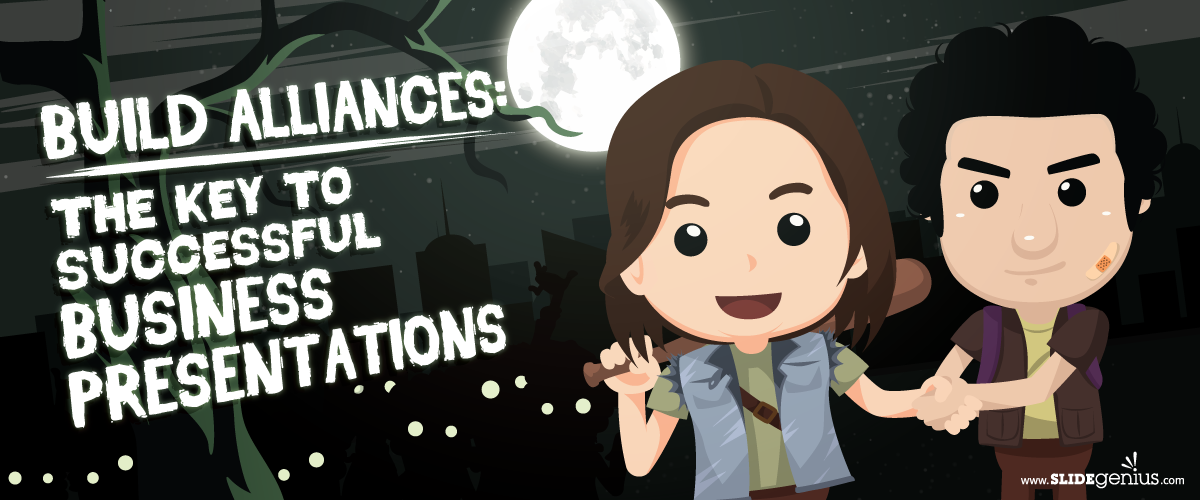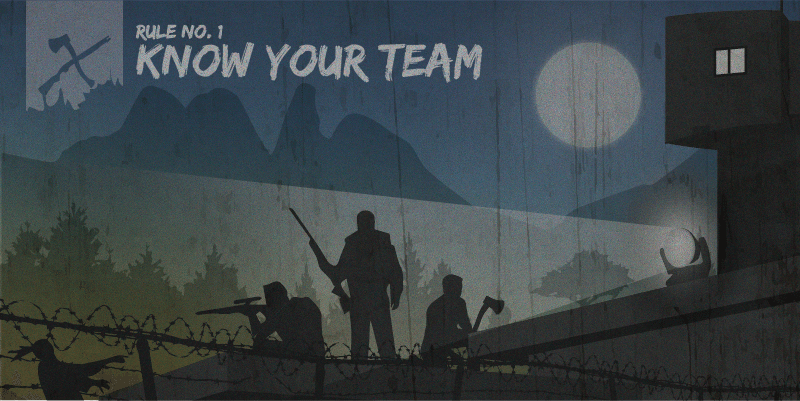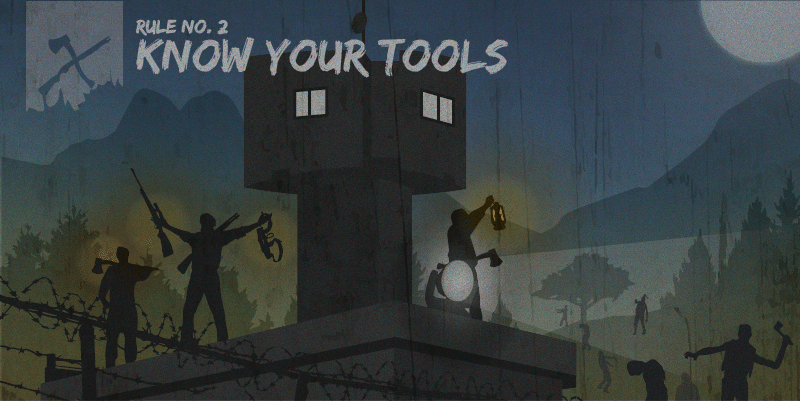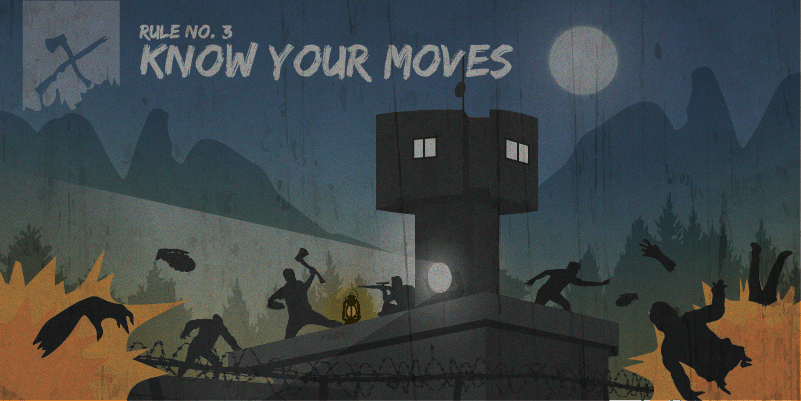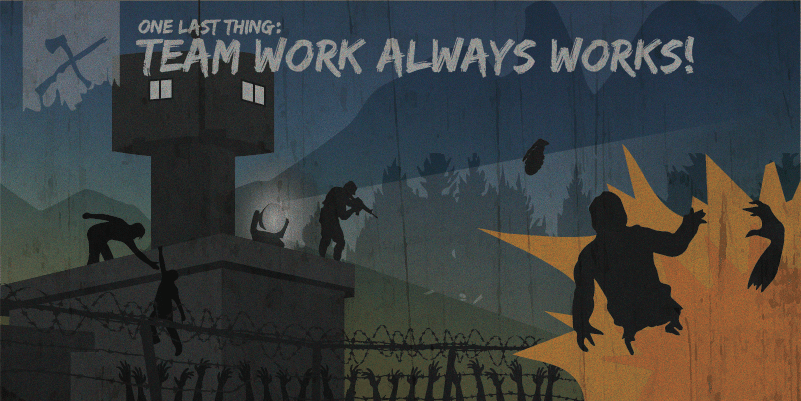A business presentation’s success isn’t limited to charming delivery and useful content. What makes them really effective is when they turn audience members into paying customers.
There are many ways to attract people into buying your idea, but how do you guarantee results?
Fostering partnerships and networks is key to developing sales opportunities and new business contacts. You have to hit the ground running and foster alliances for presentation survival. Think of it as finding people to recruit in your group to survive the zombie apocalypse.
Here’s how to build strong defenses and alliances to make your pitch even more effective:
Build Up Your Base
It all starts with creating a visible and sound image. Maintaining your credibility leaves a good impression that helps you make new contacts.
Building trust is essential for growing a business network. Once they notice your sincerity, people will view you as someone with high authority and responsibility. Prepare conversation starters to let your audience know that you’re interested in cultivating professional relationships.
This is just the beginning of your road to presentation survival. Once you have them interested in your pitch, then you have to gain their confidence.
Be a Good Listener
Trust is developed from effective listening. Therefore, good listening habits greatly assist the process of establishing business connections.
Don’t just listen to people’s responses. Pay attention to the possible motivations and emotions reflected in their choice of words and changing tone. Harnessing this skill into a presentation tool makes your audience feel valued and respected. In turn, they’ll reciprocate that respect and listen to you, too.
However, you should never be complacent. Always look ahead to see how you can build relationships that last into the future.
Reconnect and Follow Up
The steps to forming business alliances don’t end in the presentation room. Follow up on people you’ve met and reestablish those connections to keep them interested. Do this even after your sales pitch is done.
Don’t go aimlessly after every networking opportunity that comes your way. Instead, sort your list of contacts and identify who among them is a potential network. Develop and use these contacts carefully to keep building new connections.
Keeping in touch even after your presentation helps you create a network while helping your audience remember your core message. If done well, it can also help you build an even bigger network over time.
Conclusion
Building alliances after your business presentations is a cost-effective strategy that generates growth and success. Build up your base to look and sound credible. Be a good listener to develop trust, and don’t forget to do strategic followups to maintain engagement.
Following these networking tips provide you greater opportunities and bigger contracts in the market.
References:
“Business networking.” Businessballs. n.d. www.businessballs.com/business-networking.htm


